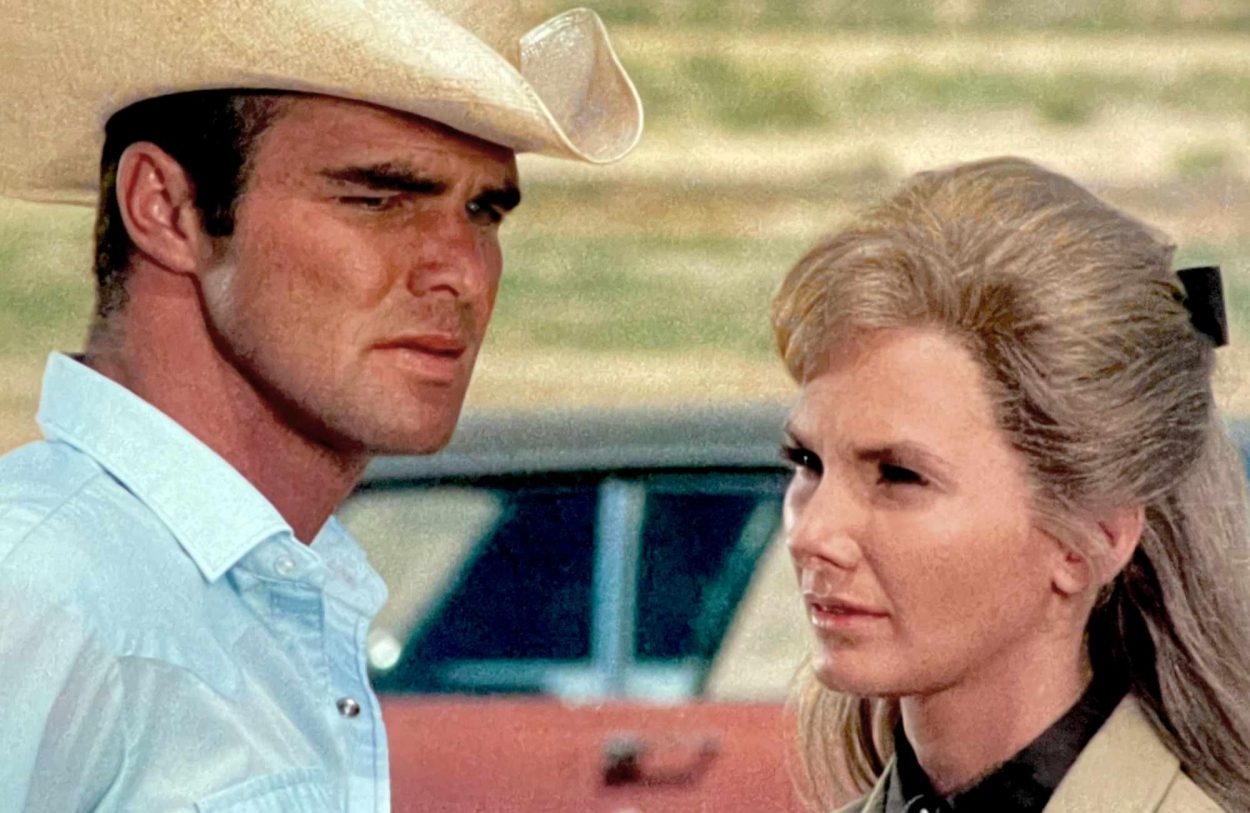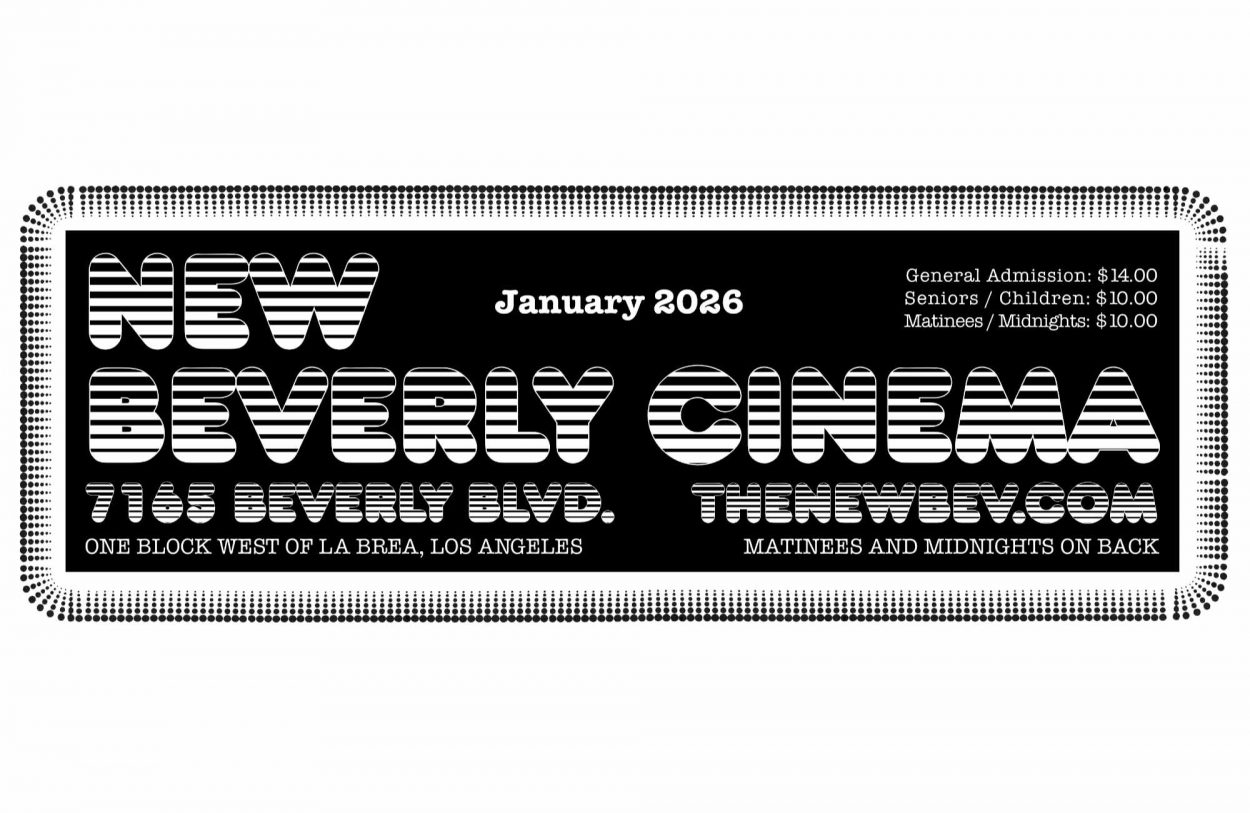There are many adjectives and phrases that confidantes and chroniclers of filmmaker Doris Wishman have used to describe this veritable Sam Fuller of smut during her life. “No interest in the history of cinema.” “Irritatingly obtuse.” “Very difficult.” “Very, very difficult.” “A pain in the ass.” Even when in the company of her longtime collaborator and friend, cinematographer C. Davis Smith, to record a DVD commentary for her 1979 horror film A Night to Dismember, Smith recounted that he lost track of how many times she called him an idiot. It is likely safe to infer that for her, most of the cast and crew on her projects were merely a means to an end. Her biographer Michael Bowen described a typical shoot as, “You’d show up, and she’d say, ‘Let’s go to work.’ Time was money, and she probably only had the camera for the day, because she rented it…[her cameraman] wouldn’t even know what actress was going to be there or what situations…the poor actress, model, whatever would try to figure out what the hell they were supposed to do.”
Even by this harsh metric, there are two individuals who, if they did not enjoy a harmonious relationship with Wishman, they definitely benefited from submitting to her direction, and in turn, the films she made with them would become the best-known and frequently-revisited works of her canon. Serendipitously, both individuals were Eastern European transplants to America, who self-created their own sexy alter egos to earn a living amidst limited opportunities for women unwilling to deal with stifling work environments, and both had a single production encounter with Wishman that yielded two film performances. And in further happenstance, Wishman shared common ground with these two women also: like them, she was Jewish, had a fraught childhood, stood less than 5’ 3” in stocking feet, and wound up living her autumn years quietly in Florida.
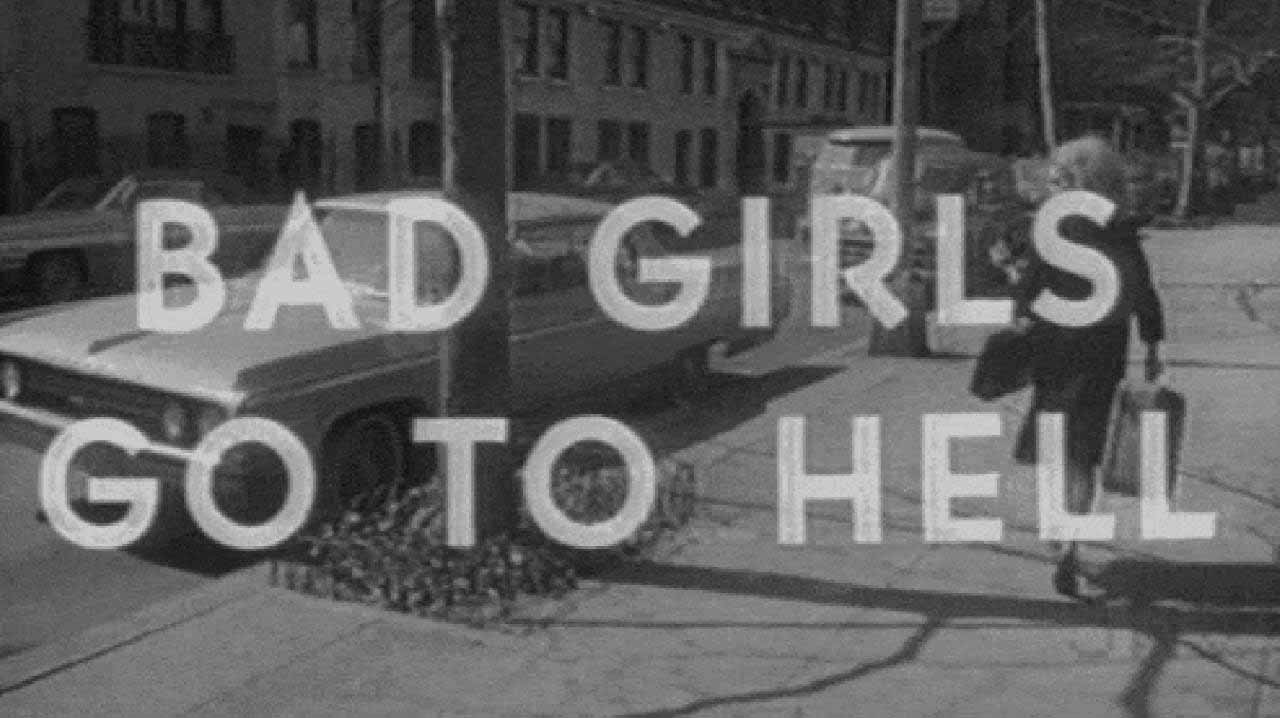
After nearly cornering the market on “nudist camp” comedies with notorious hits as Hideout in the Sun and Nude on the Moon, Wishman saw the fad losing popularity, and changed up styles significantly in 1965 by making her first “roughie,” an erotic genre that skirted censorship boards through strategically brief displays of non-explicit flesh and suggestive dialogue, mixed with pseudo-moralistic film noir scenarios where ostensibly, the pursuit of vice is shown to have punishing results. Her first venture in this field in 1965, Bad Girls Go to Hell, was best described by critic Manohla Dargis in a 1998 Wishman profile for L.A. Weekly: “A no-budget Justine in which a winsome housewife flees, and in one case, murders wolfish admirers…like de Sade’s most famous heroine, [she] embarks on a peripatetic adventure that brings her into all manner of depravity, yet she remains guileless throughout…That doesn’t make Bad Girls one for the feminist [canon], but it’s the sort of contradictory sexual politics that makes Wishman’s work fascinating.” And one of the ways Wishman swerved away from this template was by her frequent use of cutaways to random ordinary objects as furniture, paintings, and body parts during later sexual encounters, letting the viewer’s mind create their own Kuleshov effect. And to embody a protagonist capable of enduring a gauntlet of indignities, she found a game participant.
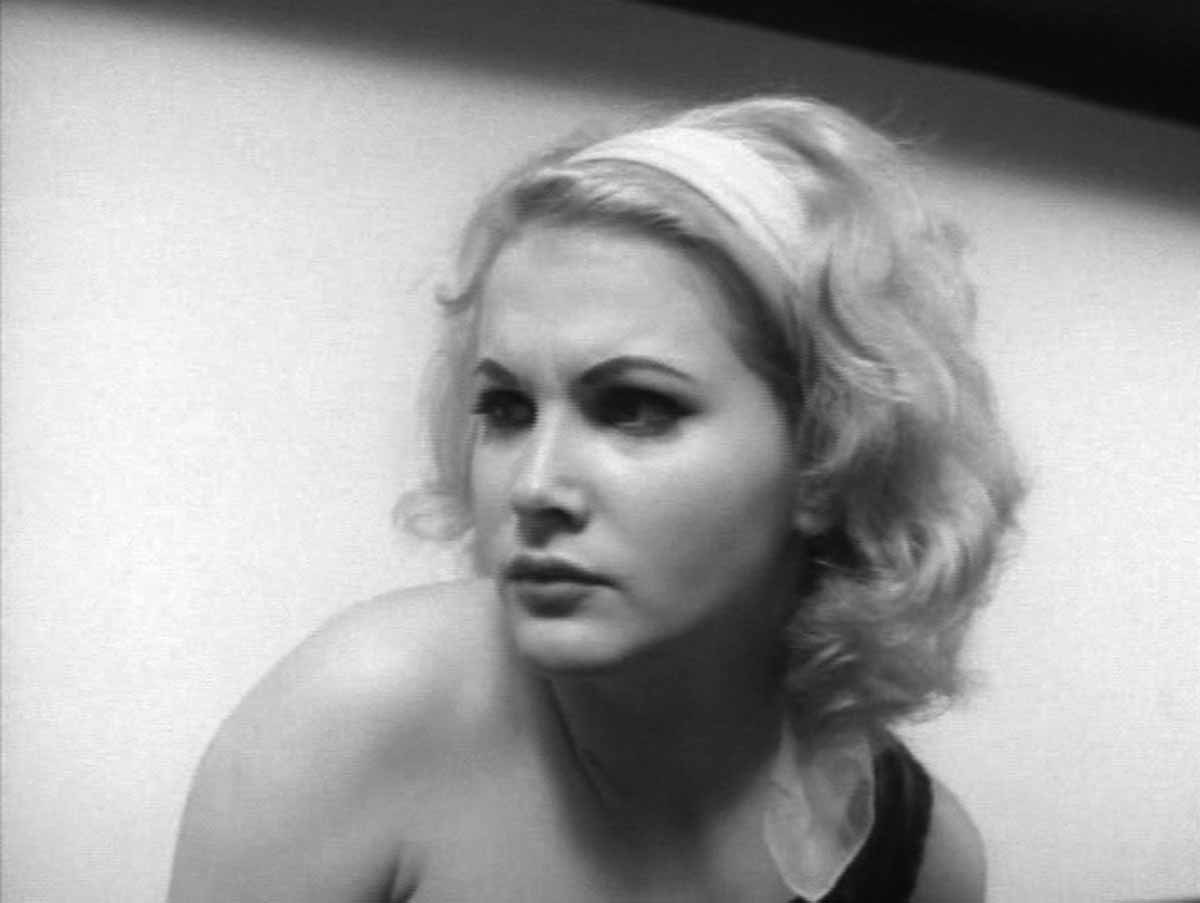
Heli Leonore Weinreich had been born in the waning days of WWII, and as she came of age, resented living in the glum setting of post-war Berlin with cold parents while the temptations of American pop culture were always close at hand from the military personnel stationed nearby. She left for New York at 16, and after attempting regular print modeling work, found more steady opportunities in nude photography and striptease, under several aliases. Striking a fast friendship with a fellow dancer, Darlene Bennett, and determining that she functioned best in sugar dating situations, she took on the professional name Gigi Darlene, paying combined homage to her co-worker friend and to her favorite movie, Gigi with Leslie Caron. And when Darlene Bennett began to find work in nudie pictures, Gigi Darlene followed. Both women were cast in Bad Girls Go to Hell, and Darlene got the lead, with Bennett in a smaller role. Bennett would appear in more supporting roles for Wishman later on.
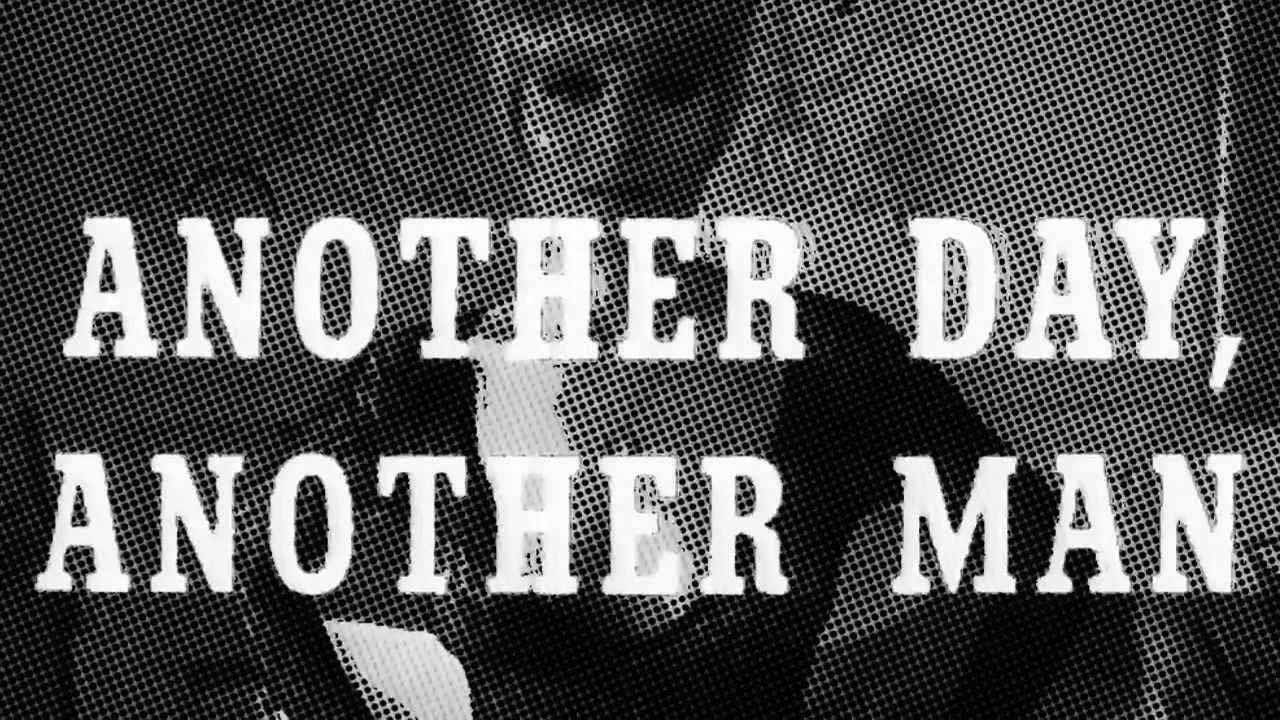
Almost no details are readily available about the working relationship between Wishman and Darlene, whether it was pleasant or fractious. What is known is that while Darlene only headlined Bad Girls, Wishman featured her again, uncredited, in her 1966 release, Another Day, Another Man, in an odd side story/dream sequence deviation from its main plot, suggesting that Doris took advantage of leftover footage from Bad Girls to pad out Another Day’s running time, or she had already contemplated banking some extra scenes with Darlene for just such an opportunity.
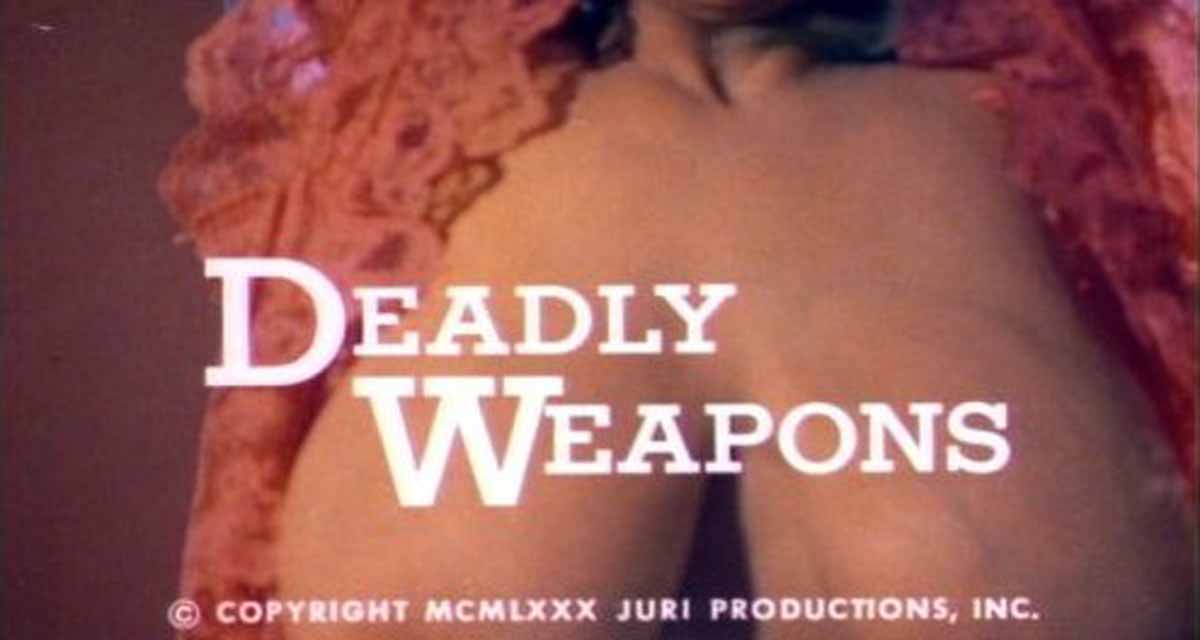
Wishman had a prolific output already into the early ‘70s, but achieved a particularly significant wider profile in 1974 by enlisting the services of one of the most notorious exotic dancers to ever tape a tassel to her breast. Chesty Morgan was an unprecedented sensation on the burlesque circuit, benefiting from the promotional savvy of her manager Al Baker Jr. and his affiliated theaters, and boasting a seemingly unfathomable 73” enbonpoint; if the standard well-endowed performer was said to have a “beer shelf,” Morgan offered the full bar. Wishman instinctively knew she should put her in a film; as she recounted to Austin American Statesman reporter Chris Garcia in July 1998, “This was a woman born with a large bosom. To me they’re not sexy. It’s like a woman born with two heads…[But] I had gimmicks and that was what I was aiming for. She was a gimmick.” Deadly Weapons placed her in an incredulous revenge story as the grieving mate of a murdered mob blackmailer, tracking down his killers and using her dominant protuberance to bring them down. The film was picked up by Hallmark Releasing, who also knew their way around gimmicks, creating the “IT’S ONLY A MOVIE” tagline for Last House on the Left and offering stomach distress bags for Mark of the Devil viewers. They conducted a brash and sometimes controversial ad campaign that involved mass mailing 1.5 million circulars across America during the sunny months of 1974 with the forboding disclaimer, “This pamphlet contains adult advertising material about Chesty (73-32-36) Morgan’s new picture, Deadly Weapons,” that, for the brave who opened it, offered a topless photo of the phenom. The blind postal blast yielded finger-wagging news coverage in certain Bible Belt states, though Hallmark ultimately only received 180 prohibitory orders from the Post Office.
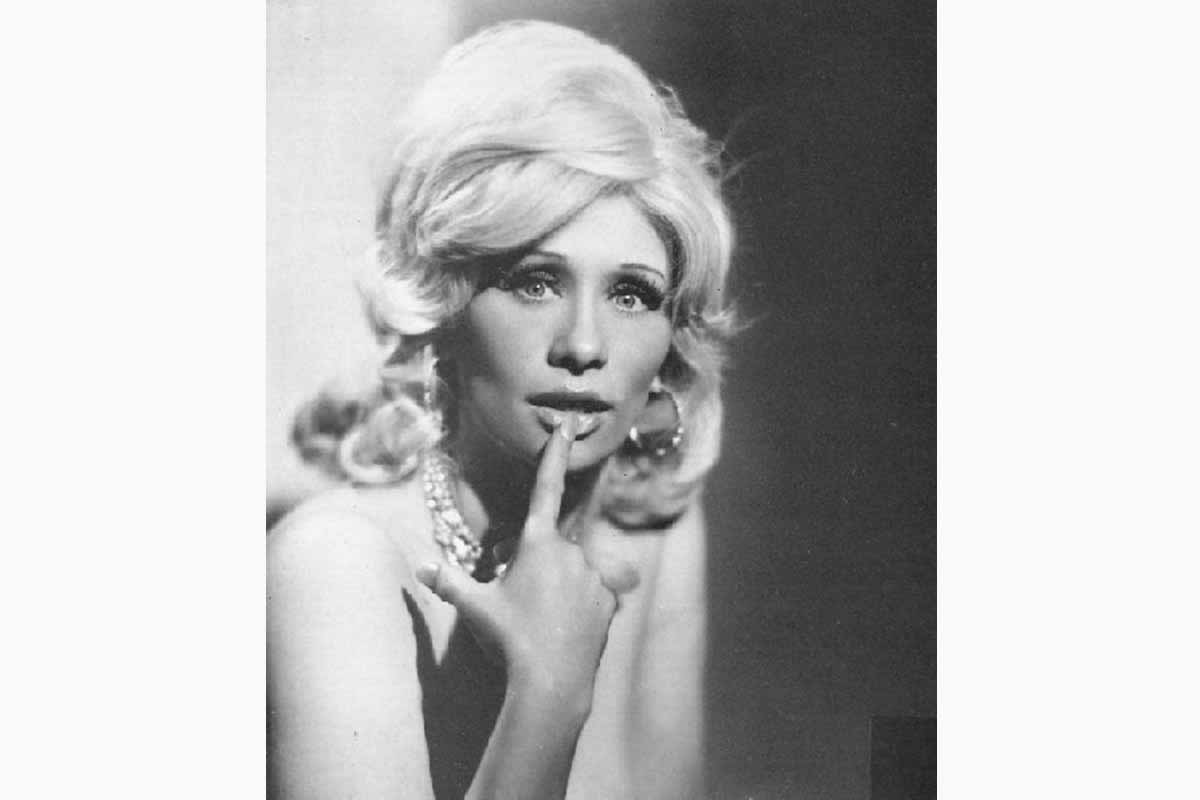
This sort of ballyhoo surely would never have been imagined by the young Ilana Wajc (“Weiss”), who spent most of her childhood witnessing the encroaching Nazi menace in her birthplace of Warsaw, Poland, a horror that claimed both of her parents and resulted in her living in a series of orphanages in Israel. By 16, her breasts began their staggering expansion. By 20, she married an American tourist, Josef Wilczkowski, whom she’d only known five days, moved with him to New York, and bore him two daughters. In 1965, Wilczkowski was killed in a robbery at his butcher shop, devastating her further. After spending years in a succession of low-paying jobs, she took the advice of multiple friends and acquaintances, and embarked on a dancing career in 1972. She became popular not only with audiences but with local newspaper reporters, many of them female and otherwise disinclined to go to the kinds of venues she performed in; several profiles spoke glowingly of her rebound from adversity, her endearing broken English, and her love of making chicken soup for her daughters and second husband, baseball umpire Dick Stello. However, she was not popular with other exotic dancers; Bobbi Scott, a headliner with a 44” chest, declared that Morgan had a reputation for being standoffish, and Russ Meyer starlet Anne Marie, a rival with a 67” bosum, told Montreal reporters she refused to perform in Toronto after Morgan had appeared there. In a 2016 interview with Terry and Tiffany DuFoe of the Cult Radio-a-Go-Go podcast, she shared that the antipathy with Wishman, and with other peers in general, was mutual, muttering, “I be honest with you, I work better with men, than with women…I didn’t want to work for her…I like the people I worked with…her husband was a very nice man…but with Doris Wishman I didn’t get along.”
It is odd and rather sad to contemplate that two women with similar histories of traumatic youth clashed so bitterly. Like Morgan, Wishman herself had lost her mother as a child, and the death of her first husband Jack Abrams after only five months of marriage was what propelled her to work in the sex film business, providing her not only steady money but also a distraction from her grief. While never a parent herself, Wishman was very close to her sister Pearl Kushner, who gave her $10,000 to make her first film, and her niece Judy J. Kushner, who wrote music and several screenplays for her aunt, including Deadly Weapons and its planned sequels. Perhaps if the two of them had taken a night to sit down and talk frankly over some of Morgan’s famous soup, they could have better understood each other and reached a detente.
But if there is a likely reason why they remained at loggerheads, it is probably because in hindsight, while they were both self-professed mercenaries in the sex entertainment world, Wishman did not like her job enough, and Morgan enjoyed it too much. During her ‘90s renaissance that led to new interviews, Wishman frequently said out loud, “I don’t like my movies,” and often felt she was always forced to scale down her ideas to fit budgets and accommodations. In turn, Morgan, understandably reveling in the attention and benefits of stardom after years of hardship, seemed to care little for fellow artists. Wishman elaborated to Boston Globe reporter Betsy Sherman in August 1994, “[Chesty was] a horror. Of all the people I worked with, she was the only person I couldn’t get along with. We were shooting Double Agent in White Plains, N.Y. I think the call was for 10 in the morning. Everybody’s there. Chesty isn’t there. Eleven, 12, 1, 2, 3, 4. By then, everyone’s weary. So I started to pay people. All of a sudden, she walks in. She says, ‘I vaz sick.’ I didn’t say a word. Next day, her boyfriend tells me that they were on their way to White Plains and she was reading the paper and she said, ‘Marty, there’s a sale on Delancey Street. Turn around!’ So he turned around. He was afraid of her. That day cost me a lot of money and aggravation.”

Nonetheless, Wishman knew she could finagle getting the most out of this tense situation: C. Davis Smith told The Rialto Report before his death in 2017, “Doris called me up, and told me that several years previously, she’d got Joao Fernandes and Nouri Haviv to shoot some scenes with Chesty…Doris had never used the footage but wanted to make a couple of films with it, and she needed me to film some additional scenes with Chesty. So the additional footage for both Double Agent’ 73 [and] Deadly Weapons was shot at the same time.” Double Agent 73 cast Morgan as a secret agent with a surveillance camera implanted in one of her nipples, providing more opportunities for sight gags and set pieces with the difficult but money-drawing star. As a third project with Morgan had been mapped out before their rift, Wishman conveniently reworked that script into The Immoral Three, where a stand-in for her Double Agent character is murdered in the opening scene, and her three “daughters” are then introduced as the main characters who seek revenge.
In postscript, the lives of these three people are a mix of pride and pathos.
A year after Bad Girls’ release, Gigi Darlene unexpectedly vanished from films, leaving five features and two shorts to be released, and no forwarding address. Rival roughie filmmakers Michael & Roberta Findlay even referenced the collective shock of the disappearance in their 1968 feature The Curse of Her Flesh when, in a credits sequence made up of restroom graffiti, the phrase, “Whatever happened to Gigi Darlene?” is seen. As documented by adult film historian Ashley West for The Rialto Report, Darlene had met and married nightclub hypnotist Charles Lamont in 1966, changed her stage name to Hélli, and never again acknowledged her previous photo and film career, or the stage name that made her famous the first time. As Lamont’s wife, they toured as a duo until 1980, when upon moving to Fort Lauderdale, Florida, he died on December 18th. Heli Leonore Lamont dabbled in real estate, film extra work, and serial dating in the years afterward, until succumbing to stomach cancer on New Year’s Day 2002, at 58 years old.
Chesty Morgan’s dancing days continued on, but sadly, tragedies continued for her as well: her eldest daughter Eva died in a traffic accident in 1984, and Dick Stello, whom she had amicably divorced in 1979, also died in a traffic accident in 1987. Chesty left the stage in 1991, after the start of the first Persian Gulf War, and Lilian Stello retired to manage properties in Tampa Bay, which she continues to do today.
After a second marriage to producer Louis Silverman that ended in 1974, Wishman remained single for the remainder of her life, telling her biographer Bowen, “I’ve had two husbands and a lover, and that’s my quota.” She attempted to shift styles again in the late ‘70s into the lucrative horror genre, but her first attempt, A Night to Dismember, was cursed by the alleged loss of several reels of footage from the lab, that sent the film into four years of postproduction salvage using alternate takes and script revisions. The frustrated auteur gave up filmmaking to return to Coral Gables, Florida, to work in an adult novelties store and be close to her remaining family. When videocassette and zine culture renewed interest in her works, enough to earn her two appearances on “Late Night with Conan O’Brien,” she returned to directing in the 2000s, completing two films and filming the bulk of a third, before dying of lymphoma in Miami on August 10, 2002.
Three petite ladies, each with a history of large dreams, big heartbreaks, and harsh compromises. Spiritually united by loss, physically brought together by their awareness of animal instincts and how to make money off them, then abruptly venturing alone again in the service of those same influences. And in the end, taking solace in what could be individually retained, with little regard of the opinions of outsiders.
It would make a heckuva movie.

